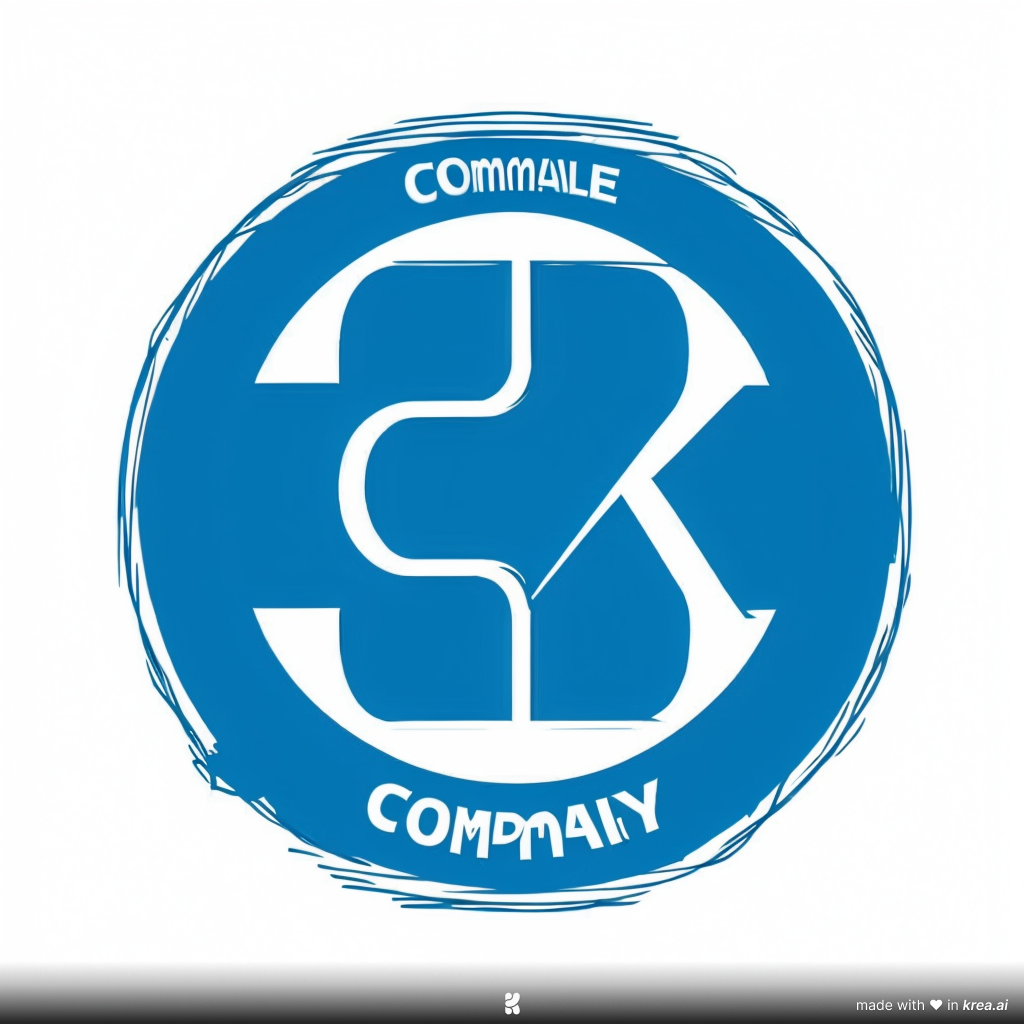Browse
Disciplinary Content
Posted on: #iteachmsu


Posted by
about 2 months ago
Edited: Core Functions of MIS:
Data Collection:
MIS systems gather data from various sources, both internal and external to the organization.
Data Processing:
Collected data is processed, analyzed, and transformed into meaningful information through various techniques.
Information Storage:
Processed information is stored in a structured manner for easy access and retrieval.
Information Dissemination:
The system distributes relevant information to the appropriate users in a timely manner.
Decision Support:
MIS provides the information needed by managers to make informed decisions, solve problems, and plan for the future.
Key Components of MIS:
Hardware: The physical components of the system, such as computers, servers, and networks.
Software: The applications and programs used to process and analyze data.
People: Individuals who operate and maintain the system and utilize the information it provides.
Procedures: The established rules and processes for using the system.
Data: The raw facts and figures collected and processed by the system.
Data Collection:
MIS systems gather data from various sources, both internal and external to the organization.
Data Processing:
Collected data is processed, analyzed, and transformed into meaningful information through various techniques.
Information Storage:
Processed information is stored in a structured manner for easy access and retrieval.
Information Dissemination:
The system distributes relevant information to the appropriate users in a timely manner.
Decision Support:
MIS provides the information needed by managers to make informed decisions, solve problems, and plan for the future.
Key Components of MIS:
Hardware: The physical components of the system, such as computers, servers, and networks.
Software: The applications and programs used to process and analyze data.
People: Individuals who operate and maintain the system and utilize the information it provides.
Procedures: The established rules and processes for using the system.
Data: The raw facts and figures collected and processed by the system.
Disciplinary Content
Posted on: #iteachmsu



Posted by
about 2 months ago

Edited: Core Functions of MIS:
Data Collection:
MIS systems gather data from various sources, both internal and external to the organization.
Data Processing:
Collected data is processed, analyzed, and transformed into meaningful information through various techniques.
Information Storage:
Processed information is stored in a structured manner for easy access and retrieval.
Information Dissemination:
The system distributes relevant information to the appropriate users in a timely manner.
Decision Support:
MIS provides the information needed by managers to make informed decisions, solve problems, and plan for the future.
Key Components of MIS:
Hardware: The physical components of the system, such as computers, servers, and networks.
Software: The applications and programs used to process and analyze data.
People: Individuals who operate and maintain the system and utilize the information it provides.
Procedures: The established rules and processes for using the system.
Data: The raw facts and figures collected and processed by the system.
Data Collection:
MIS systems gather data from various sources, both internal and external to the organization.
Data Processing:
Collected data is processed, analyzed, and transformed into meaningful information through various techniques.
Information Storage:
Processed information is stored in a structured manner for easy access and retrieval.
Information Dissemination:
The system distributes relevant information to the appropriate users in a timely manner.
Decision Support:
MIS provides the information needed by managers to make informed decisions, solve problems, and plan for the future.
Key Components of MIS:
Hardware: The physical components of the system, such as computers, servers, and networks.
Software: The applications and programs used to process and analyze data.
People: Individuals who operate and maintain the system and utilize the information it provides.
Procedures: The established rules and processes for using the system.
Data: The raw facts and figures collected and processed by the system.
Disciplinary Content
Posted on: #iteachmsu



Posted by
2 months ago

rimer text from The College of William & Mary
ADHD is one of the most commonly diagnosed conditions of children (Centers for Disease
Control and Prevention, 2015).
In a 2016 Centers for Disease Control and Prevention study, scientists found that 6.1 million children aged 2-17 years living in the U.S. had been diagnosed with attention-deficit/hyperactivity disorder (ADHD), which is similar to previous en
Ages 6-11: Approximately 2.4 million children
Ages 12-17: Approximately 3.3 million children
ADHD is one of the most commonly diagnosed conditions of children (Centers for Disease
Control and Prevention, 2015).
In a 2016 Centers for Disease Control and Prevention study, scientists found that 6.1 million children aged 2-17 years living in the U.S. had been diagnosed with attention-deficit/hyperactivity disorder (ADHD), which is similar to previous en
Ages 6-11: Approximately 2.4 million children
Ages 12-17: Approximately 3.3 million children
Disciplinary Content
Posted on: #iteachmsu



Posted by
4 months ago

The IoT-Based Smart Farming Cycle
The core of IoT is the data you can draw from things and transmit over the internet. To optimize the farming process, IoT devices installed on a farm should collect and process data in a repetitive cycle that enables farmers to react quickly to emerging issues and changes in ambient conditions. Smart farming follows a cycle similar to this one:
1. Observation . Sensors record observational data from the crops, livestock, soil, or atmosphere.
2. Diagnostics. The sensor values are fed to a cloud-hosted IoT platform with predefined decision rules and models—also called "business logic"—that ascertain the condition of the examined object and identify any deficiencies or needs.
3. Decisions . The user and/or the machine learning-driven components of the IoT platform assess the revealed issues to decide if location-specific treatment is necessary.
4. Action . After end-user evaluation and action, the cycle repeats from the beginning.
The core of IoT is the data you can draw from things and transmit over the internet. To optimize the farming process, IoT devices installed on a farm should collect and process data in a repetitive cycle that enables farmers to react quickly to emerging issues and changes in ambient conditions. Smart farming follows a cycle similar to this one:
1. Observation . Sensors record observational data from the crops, livestock, soil, or atmosphere.
2. Diagnostics. The sensor values are fed to a cloud-hosted IoT platform with predefined decision rules and models—also called "business logic"—that ascertain the condition of the examined object and identify any deficiencies or needs.
3. Decisions . The user and/or the machine learning-driven components of the IoT platform assess the revealed issues to decide if location-specific treatment is necessary.
4. Action . After end-user evaluation and action, the cycle repeats from the beginning.
Disciplinary Content
Posted on: Smoke test group on UAT from Venturit team



Posted by
6 months ago

Smoke test post from venturit team..
Every single one of the top ten best-selling smartphones globally is from one of just two companies: Apple and Samsung. Counterpoint Research just released its report on the top ten best-selling phones, and it’s a pretty familiar story from last year: Apple and Samsung cleaned up.
One change: people are spending more for iPhones, with Apple’s pricy Pro line growing to represent half of all iPhone sales so far this year, up from just 24% in 2023. It’s not just the Pro models that are doing well: Apple’s bigger Max models are also cleaning up, a sign that people increasingly want larger smartphones, says Counterpoint.
Here are the top 10 best-selling models of smartphones globally for Q1 2024, along with the percentage of total smartphone sales they captured:
iPhone 15 Pro Max: 4.4%
iPhone 15: 4.3%
iPhone 15 Pro: 3.7%
iPhone 14: 1.9%
Galaxy S24 Ultra: 1.9%
Galaxy A15 5G: 1.5%
Galaxy A54: 1.4%
iPhone 15 Plus: 1.3%
Galaxy S24: 1.0%
Galaxy A34: 1.0%
Every single one of the top ten best-selling smartphones globally is from one of just two companies: Apple and Samsung. Counterpoint Research just released its report on the top ten best-selling phones, and it’s a pretty familiar story from last year: Apple and Samsung cleaned up.
One change: people are spending more for iPhones, with Apple’s pricy Pro line growing to represent half of all iPhone sales so far this year, up from just 24% in 2023. It’s not just the Pro models that are doing well: Apple’s bigger Max models are also cleaning up, a sign that people increasingly want larger smartphones, says Counterpoint.
Here are the top 10 best-selling models of smartphones globally for Q1 2024, along with the percentage of total smartphone sales they captured:
iPhone 15 Pro Max: 4.4%
iPhone 15: 4.3%
iPhone 15 Pro: 3.7%
iPhone 14: 1.9%
Galaxy S24 Ultra: 1.9%
Galaxy A15 5G: 1.5%
Galaxy A54: 1.4%
iPhone 15 Plus: 1.3%
Galaxy S24: 1.0%
Galaxy A34: 1.0%
Disciplinary Content
Posted on: #iteachmsu



Posted by
6 months ago

Factors that foster attention, positive behavior, and academic and social success include
establishing positive relationships with students, adopting classroom management techniques,
and creating a physical arrangement that facilitates learning.
establishing positive relationships with students, adopting classroom management techniques,
and creating a physical arrangement that facilitates learning.
Disciplinary Content
Posted on: #iteachmsu


Posted by
7 months ago
Disciplinary Content
